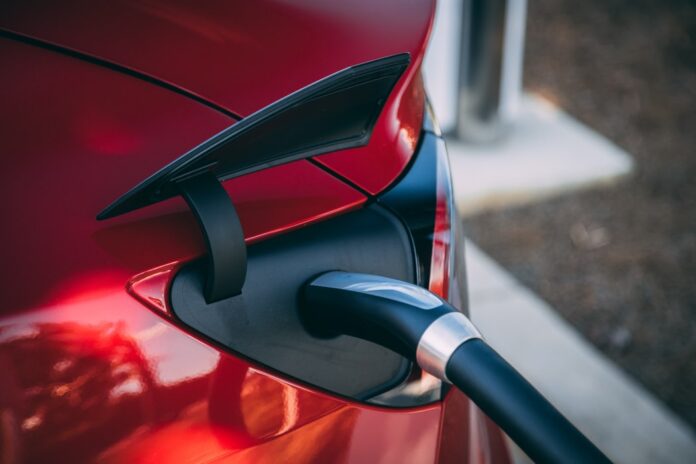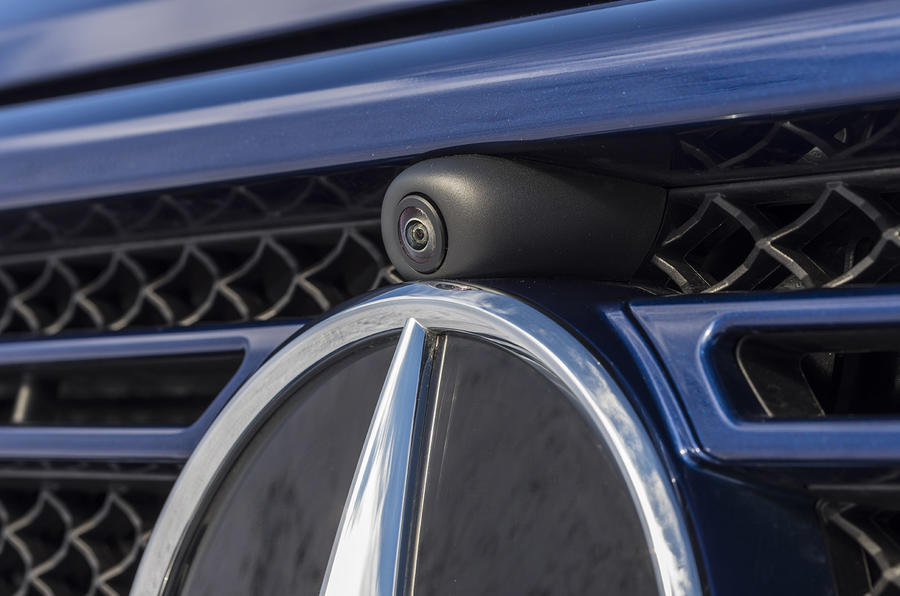
A report by Statista revealed that 1 in 10 vehicles would be fully autonomous by 2030, according to TechRepublic. The modern vehicle seems high-tech with advanced GPS tracking systems, blind-spot detectors, and predictive technology that offers car maintenance tips that save you money. But there is still an endless list of possibilities yet to be explored in the world of automotive technology.
As automakers continually push technologies to the limits, consumers can only expect tomorrow’s car to be smarter and safer. What’s more impressive is that most of the tech features we’ll see in the next generation of automobiles were once thought of as far-fetched. Here is a list of tech innovations that may come standard in future vehicles.
AR Dashboard
Augmented reality dashboards might sound all science fiction, but your next car model could have a hologram-like figure displayed on the windshield. Currently, some BMW’s and other high-end models feature simple augmented reality heads up display systems that only show basic information. However, in the next decade, the heads-up display system will be more advanced. It will have capabilities that identify external objects on the road and then post them on the vehicle’s windshield.
Like most automobile technologies, AR dashboards will enhance the driving experience by maximizing safety and convenience. Ideally, augmented reality dashboards will allow drivers to stay focused on the road by posting segments of vehicle information on the windshield. So, instead of fixing your eyes on in-car display systems or busy dashboards, you can see the engine status, speed, fuel capacity, warning signals, and directions on an eye-level setting.
Front-View Cameras

In the last decade, we’ve seen exciting advancements in automobile cameras. Rear-view cameras, for instance, increase visibility behind the car. This enables drivers to reverse safely without hitting objects, children, or small animals. With automakers always seeking advanced technologies, expect your next vehicle to have a front-facing camera. This innovation will integrate data from other cameras fitted near the front of the car. It will then create a 180-degree view that detects cars, passengers, and street signs.
With front-view cameras in place, roads will be safer for all road users. This vision tech feature will identify and display warnings like speed limits on center consoles or AR dashboards. Using the video feeds from the front-view cameras, advanced driver-assist systems can determine when to brake the car automatically to avoid a possible collision.
Personalized In-Car Marketing

Personalization is the new norm in marketing efforts across all industries, and the automotive sector is not an exception. With the car fully connected to the internet, dealerships can easily mine data and access predictive analytics to identify target customers and their behaviors. Using data from your car purchasing and driving history, auto dealers can identify your preferred model and brand. They can also determine your budget and then create personalized in-car marketing ads.
Customized in-vehicle ads aim to improve the customer experience by streamlining the buying process. Since auto dealers already know what consumers want, they can reach out to them and explain that they understand their unique needs in a vehicle. Dealerships can then recommend different models offer accurate car pricing details and deals or you can look at review specialists like this website who offer recommendations based on the customer buying behavior and driving habits. This advanced marketing strategy will save time and money for both consumers and dealers.
Night Vision Capabilities

Automobile night vision systems have been in development since 2000 and have the potential to improve road safety during nighttime. Current luxury models like the Rolls Royce Wraith, Audi A6, BMW 7 series and Mercedes S class already have in-built night vision capabilities. But in the coming years, this feature might come standard in all automobile models.
The night vision system can reduce the rate of pedestrian fatalities that occur at night significantly. Drivers will also drive without the fear of hitting animals because of increased visibility in the dark. Since in-built night vision systems will rely on thermal heat imaging or infrared sensing, drivers can see what’s happening on the road from their center consoles. Infrared front and rear-view cameras will detect pedestrians, animals, and road hazards and display data on the dashboard in real-time. That way, drivers can take the necessary actions to avoid collisions.
Energy Storing Body Panels

While the adoption of electric cars is an excellent move to reduce carbon emissions, there is increasing concern about where car batteries will go. Automobile manufacturers are looking to resolve this issue by developing body panels capable of storing energy. For example, Volvo is working on designing body panels made of carbon fiber and polymer resins instead of steel. Given that these panels can store and charge energy quickly, the modern car will function as a massive battery. Energy-saving body panels will also reduce the car’s overall weight by about 15%, resulting in increased range.
Active Safety Airbags

Airbags are essential safety features and have continued to evolve thanks to advancements in automobile technology. Now, airbags are not fitted in the front, but also under seats, on the sides, and knees. In the next coming years, expect your airbags to be smarter and more active. Instead of deploying after a crash, future airbags will deploy before a collision occurs.
Currently, Mercedes is attempting to create airbags that could be a vital part of the automobile’s active safety system. With the help of radars, sensors, and cameras, these airbags will dispatch from underneath the car when an accident seems inevitable. In doing so, the airbags can help slow or stop the vehicle to prevent or minimize the impact of a collision. These active airbags could also lift a car by a few inches to restrain passengers from sliding after an incident
Vehicle technology has transformed transportation in ways that were deemed futuristic. With features like GPS, infotainment systems, and advanced driver-assist systems, commuters enjoy safe, convenient, and reliable rides. As technologies continue advancing, the future car will have smart headlights, AR dashboards, active airbags, in-marketing ads, and air-conditioned seats, to mention a few.
















